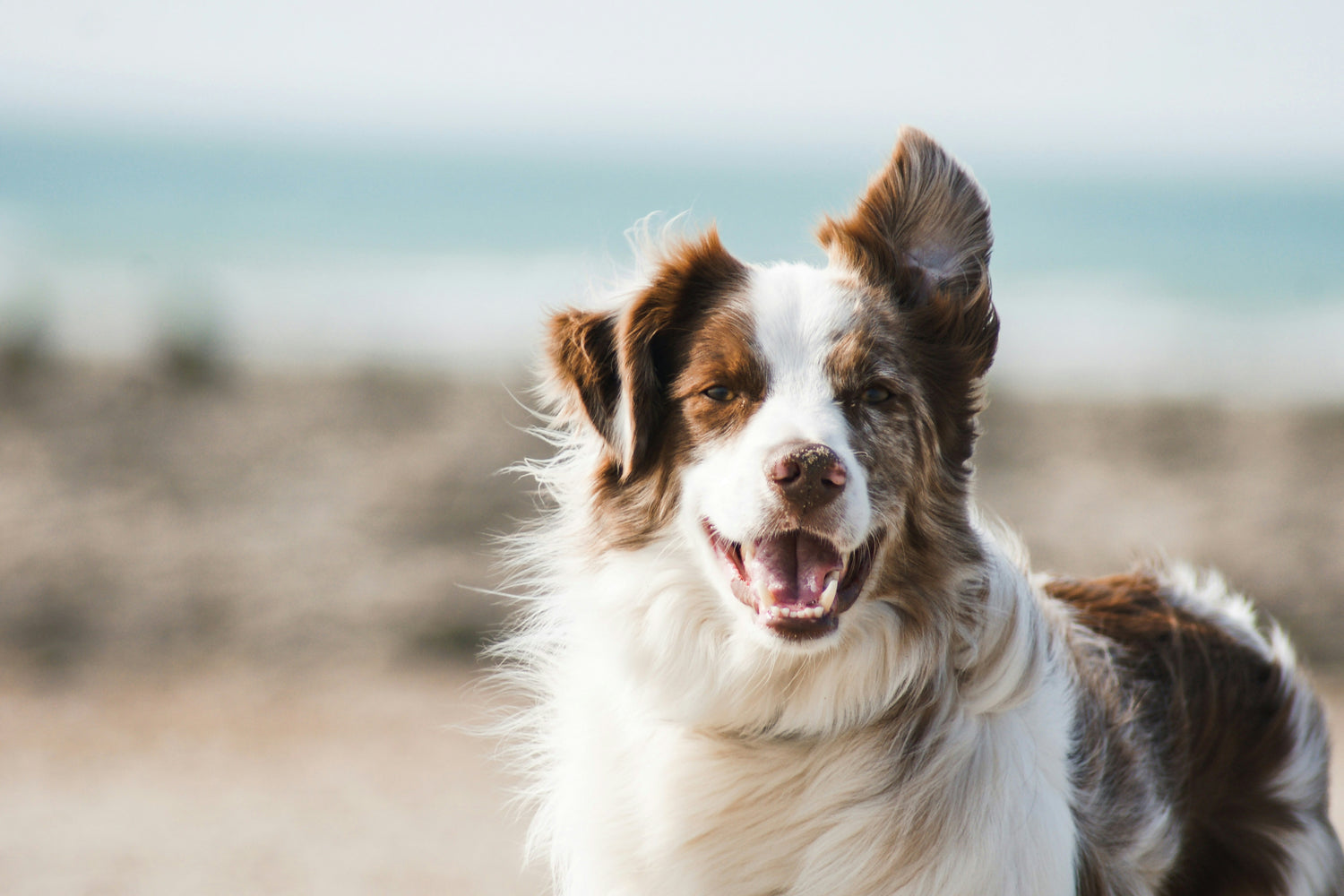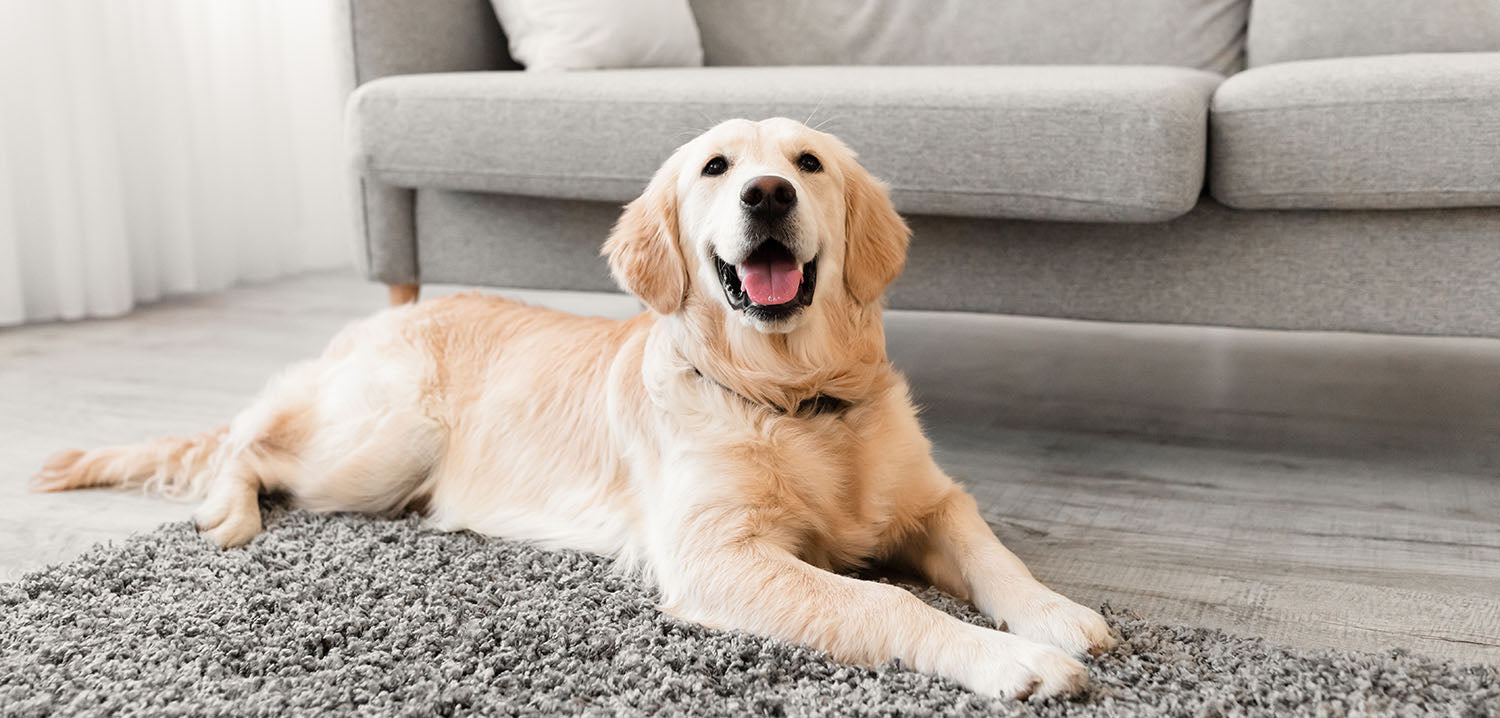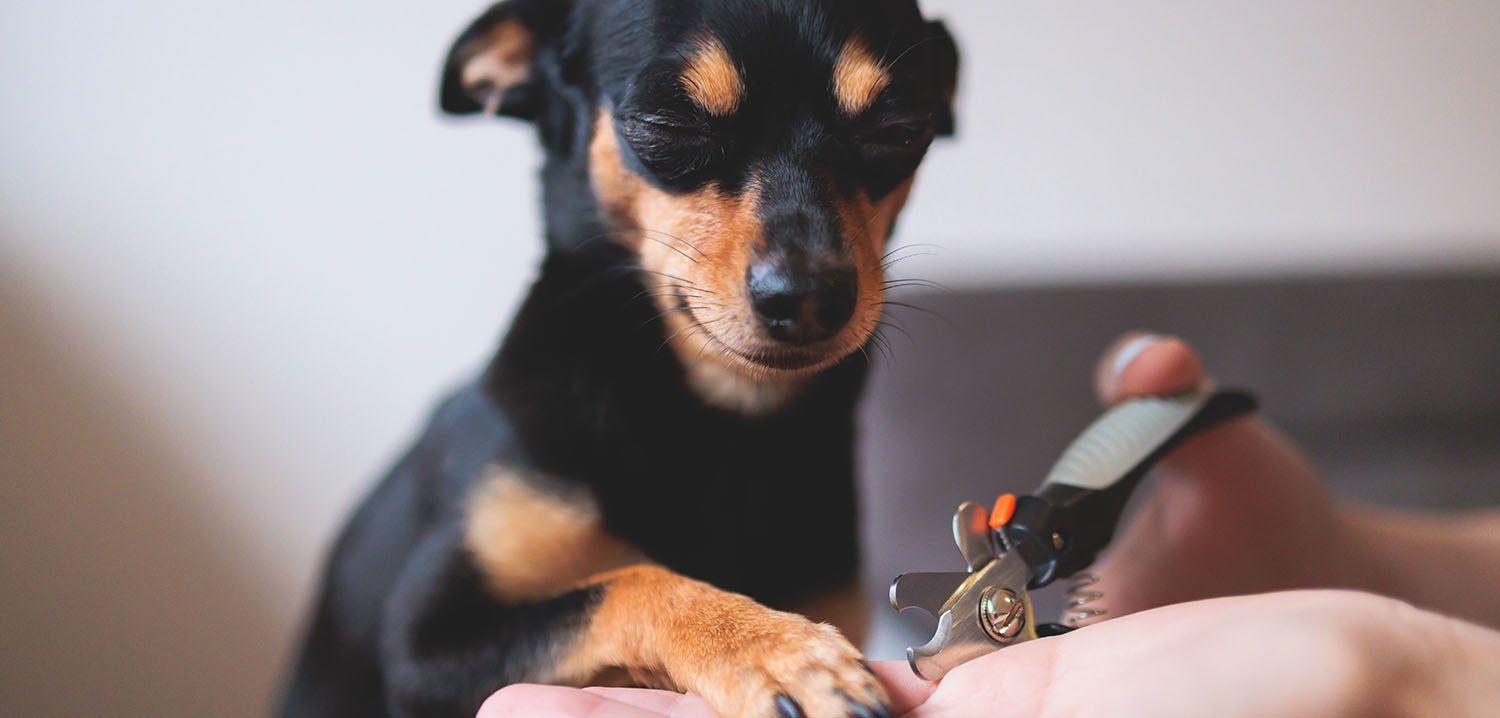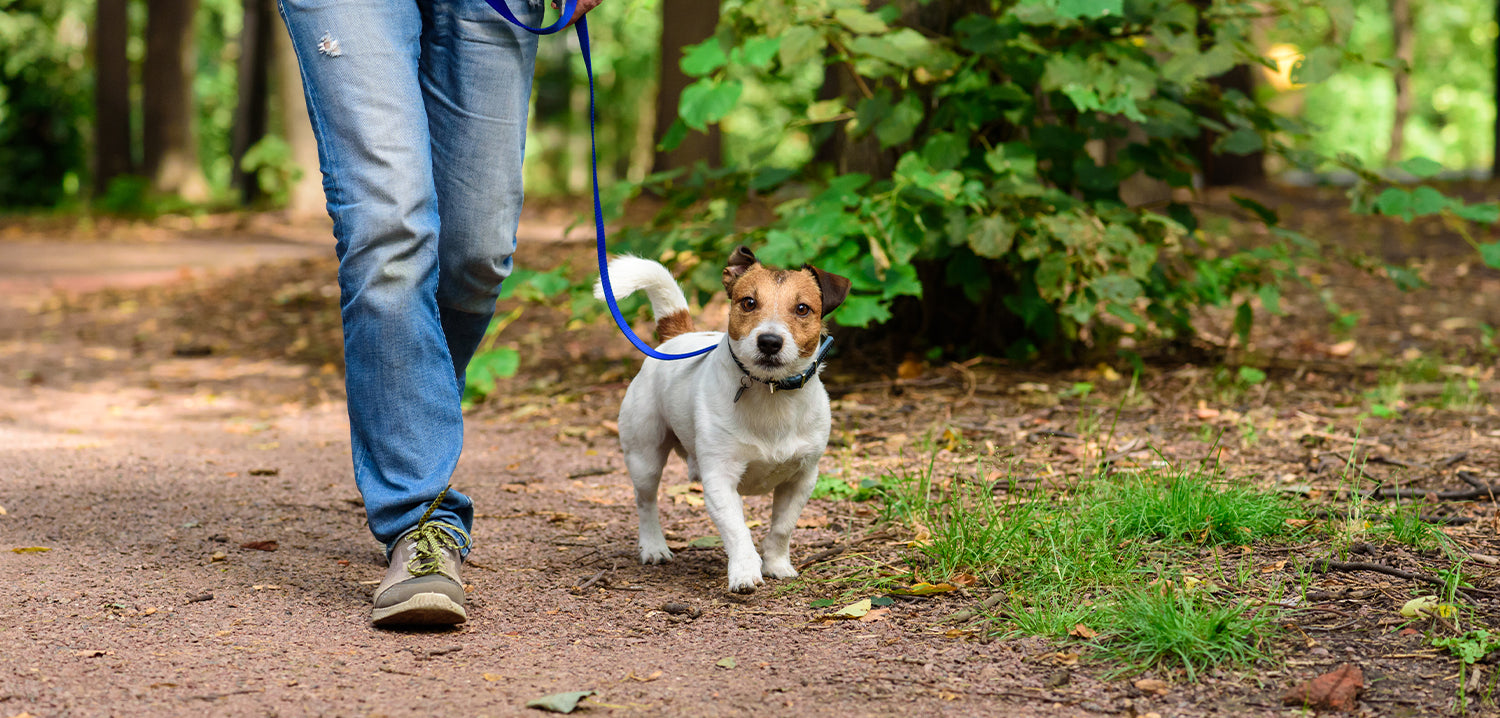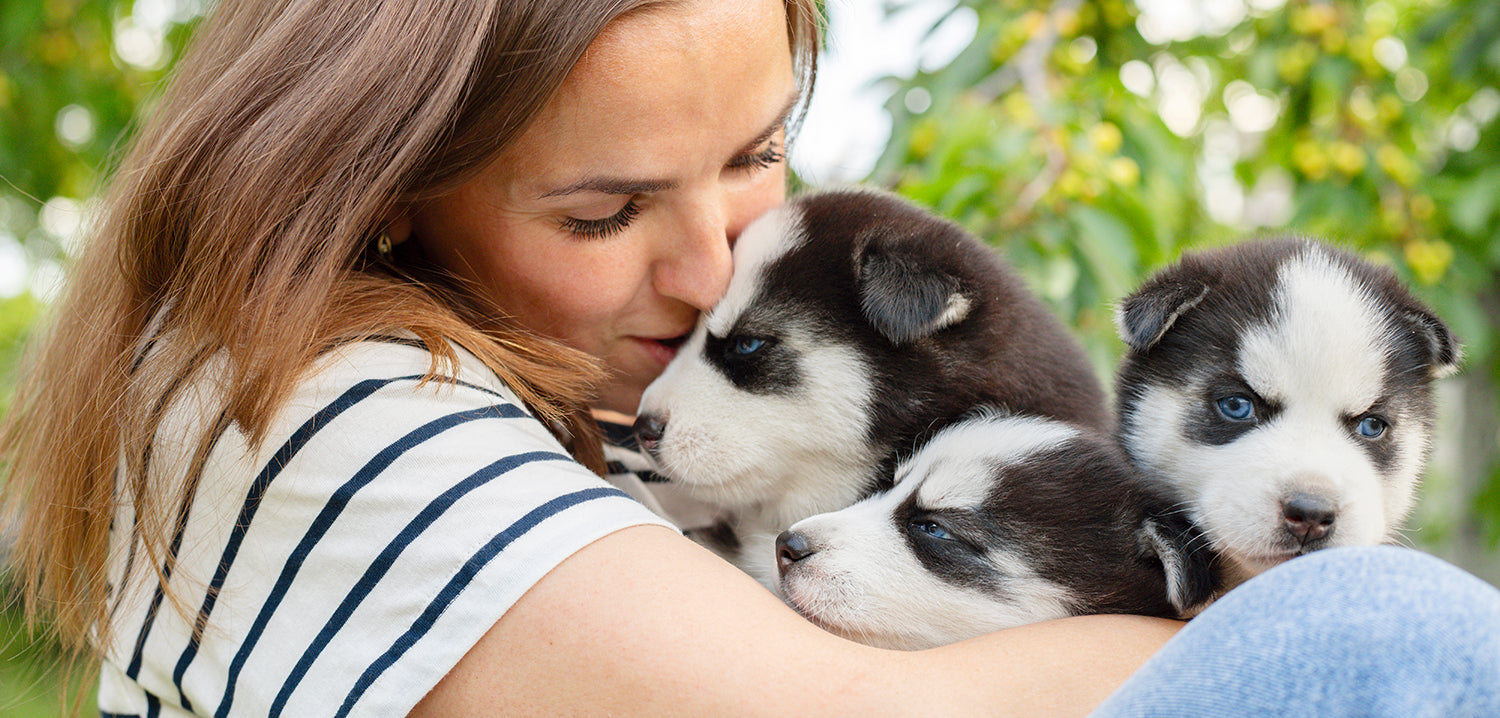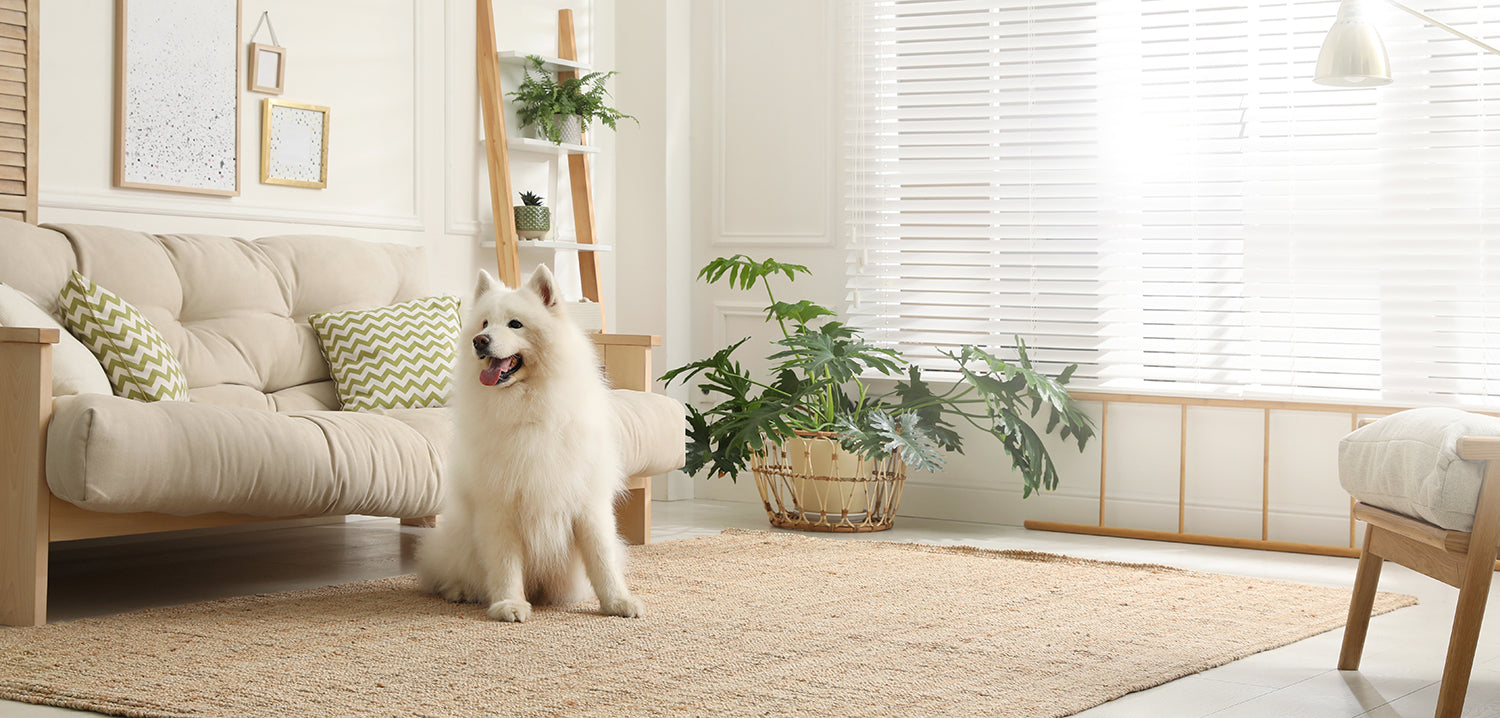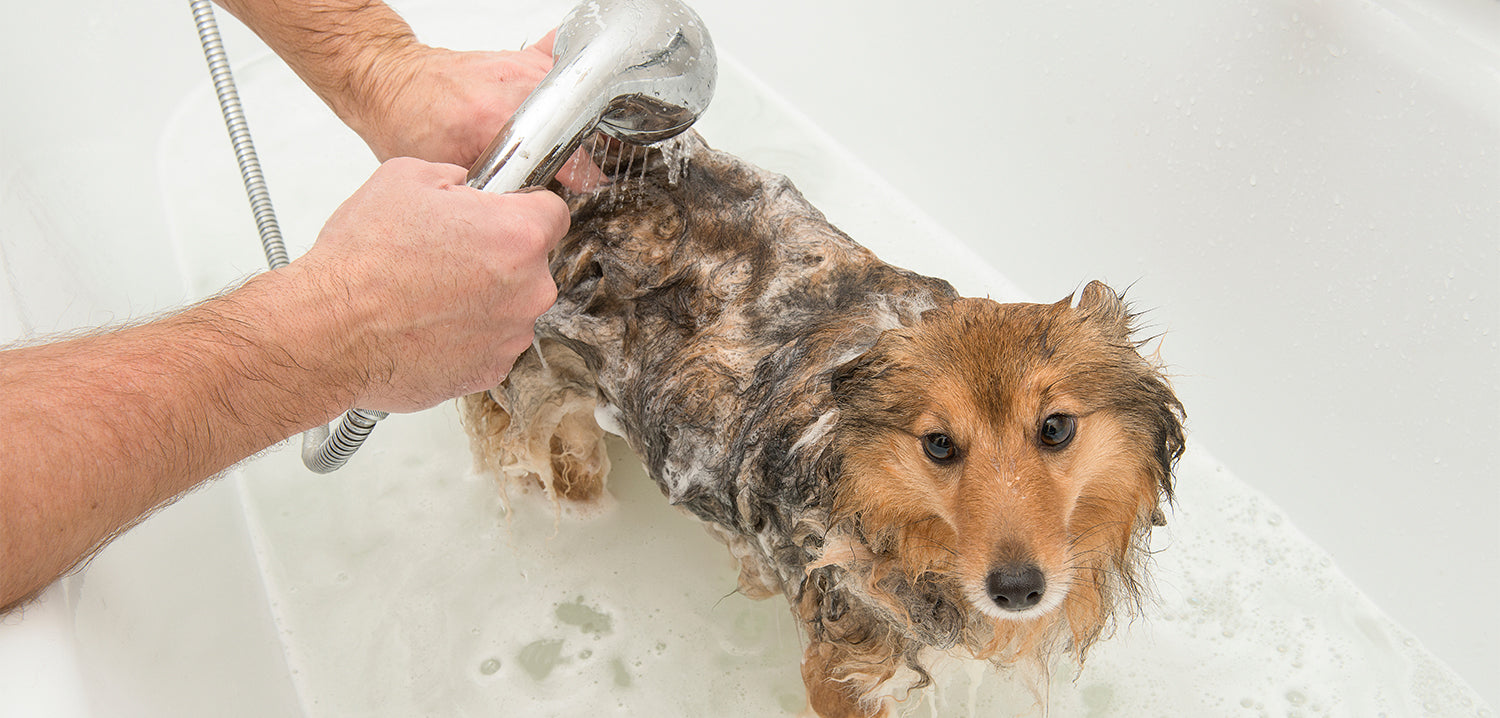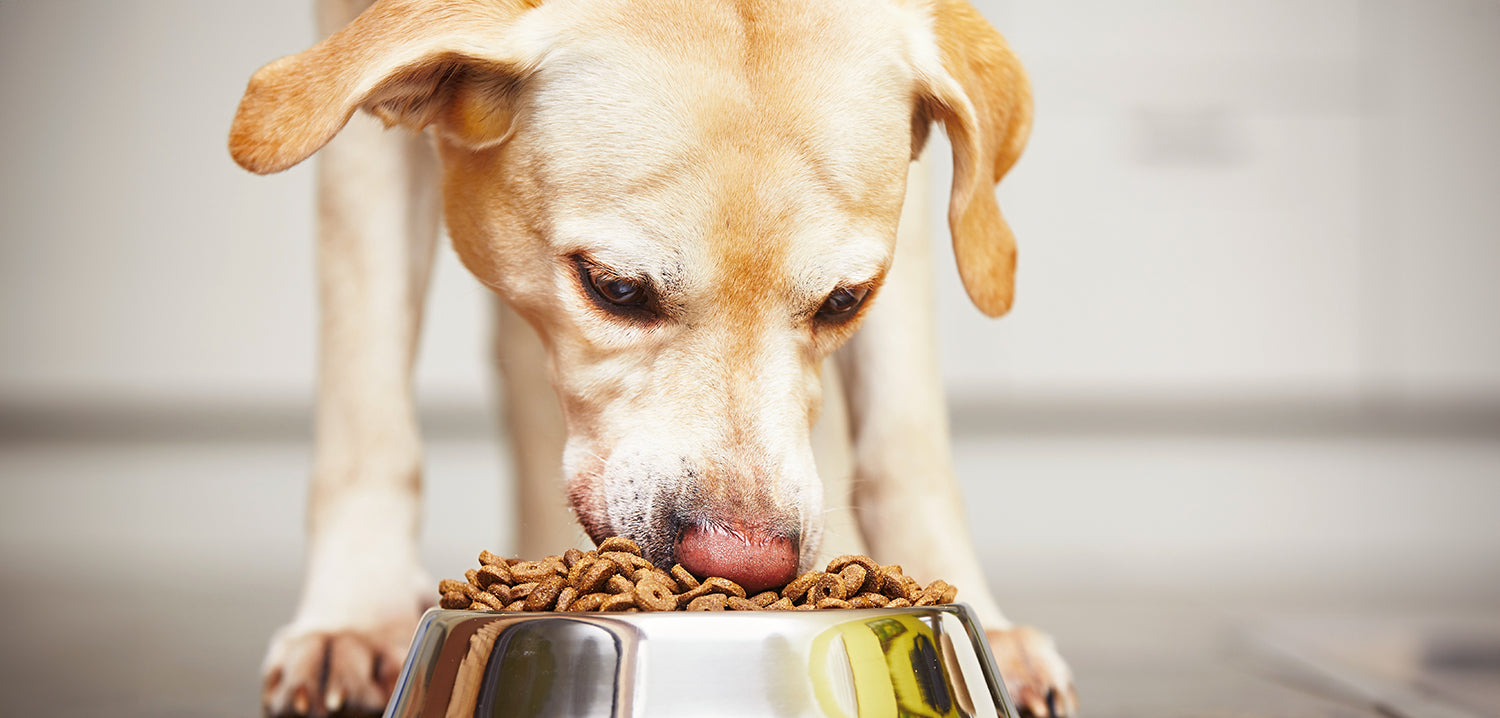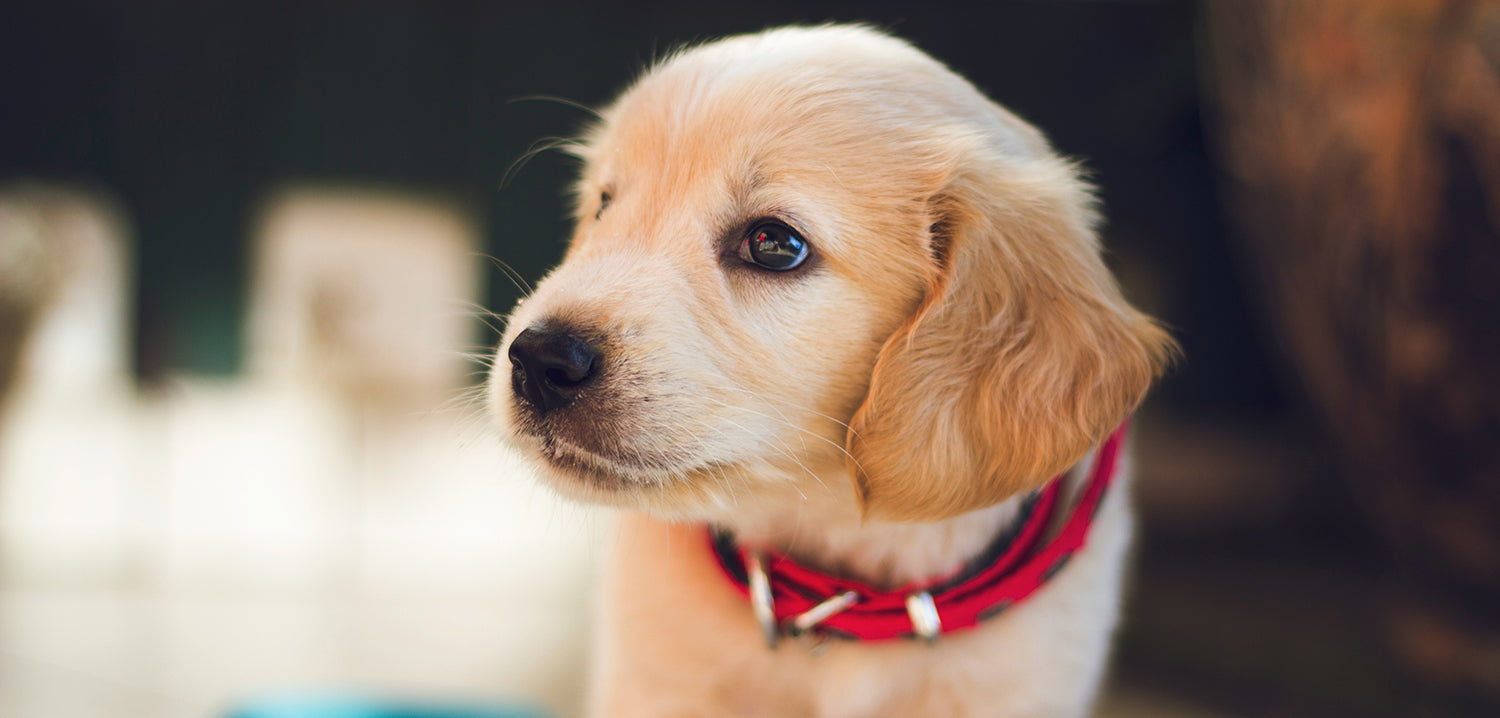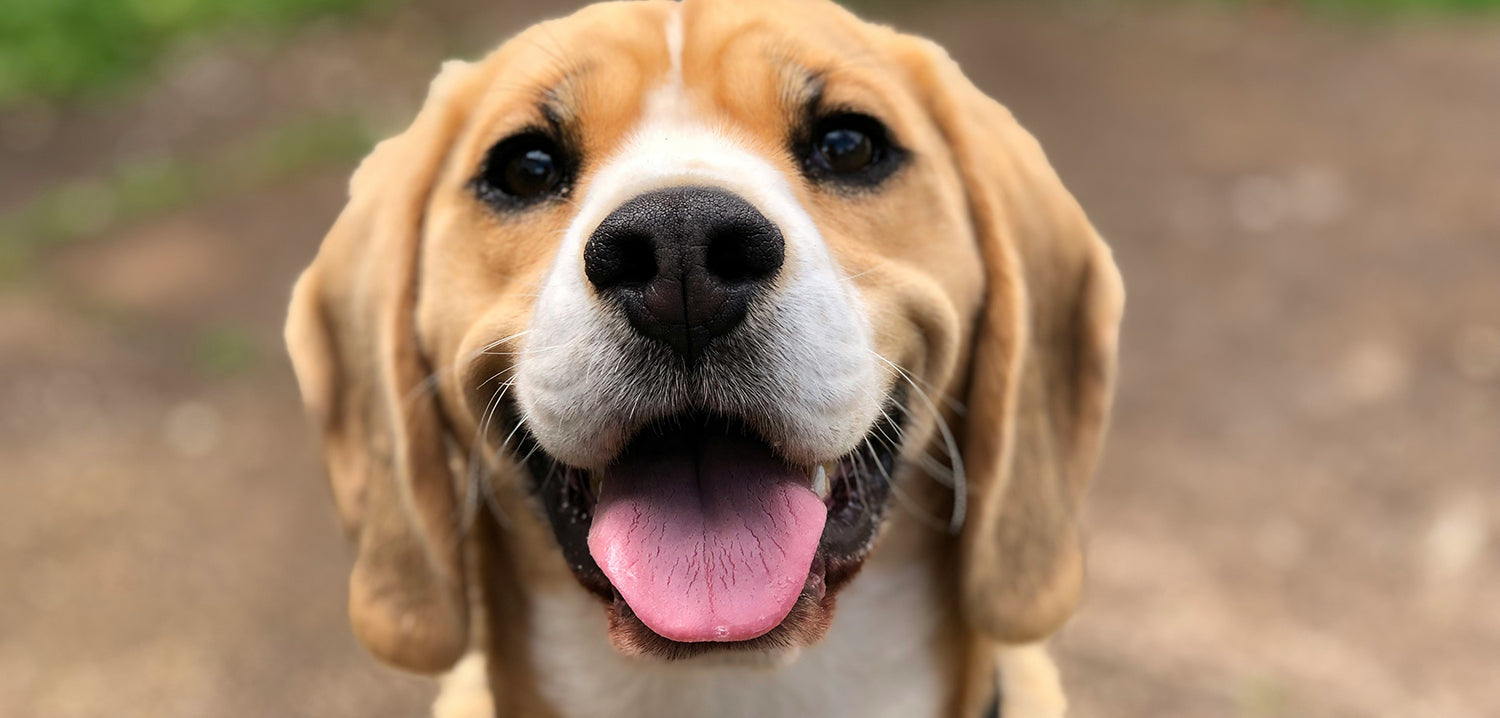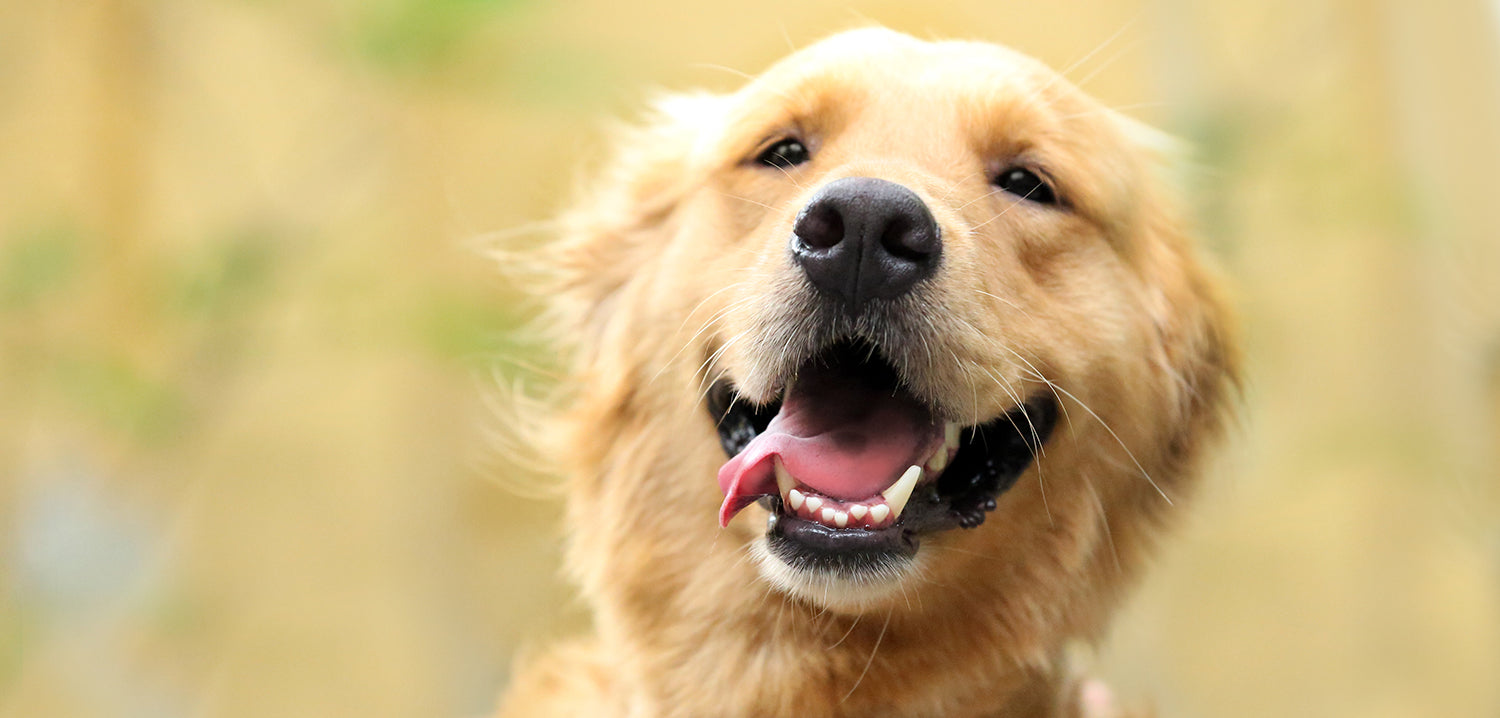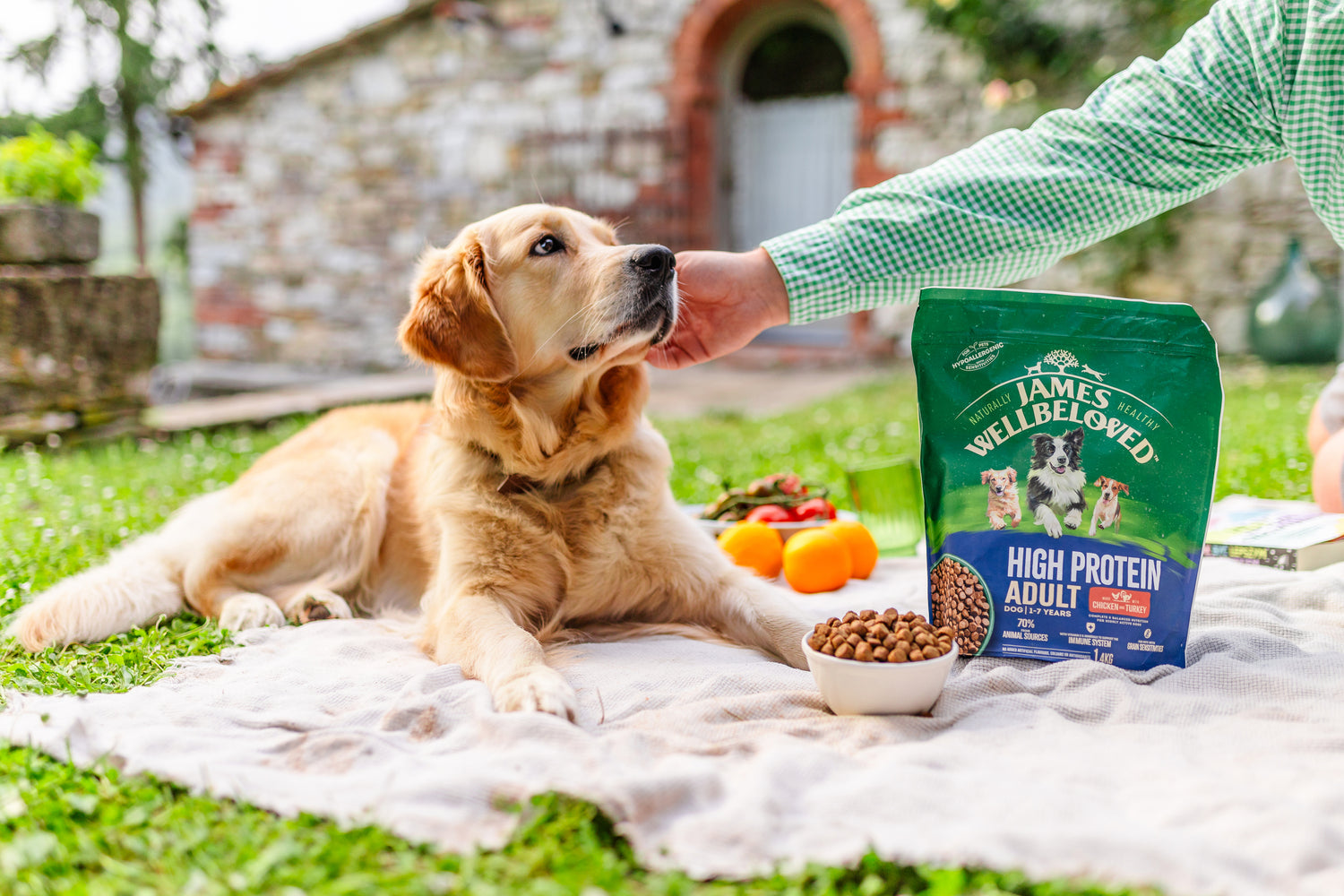
Generally, dogs are a very social species. Dog ancestors hunted and lived in packs and, as such, evolved a large array of body signals so that they could communicate efficiently and peacefully. Dog body language is still used by our pets and is a useful tool for dogs and humans alike to understand their feelings and desires. Unless you know what to look for, it can be easy to confuse canine communication signs and to misinterpret what your dog needs and wants. So, in this article, we answer your most common questions about dog body language to help you understand your dog and what they are trying to communicate in a given scenario.
How can I tell if my dog is happy?
Actively happy dogs are quite easy to spot if they have a wagging tail, but there are some more subtle behaviours that dogs show when they are content. For starters, relaxed ears and soft facial features are signs that your dog is perfectly happy and relaxed in their current situation.

Another common sign your dog is happy can be observed first thing in the morning. Dogs sometimes do a ‘downward dog’ style stretch towards you. Often, this is just them loosening their muscles, ready to get up and start the day, but this dog body language is also a way of greeting those they love when they see them. A happy dog is also one who engages with you and with activities in the surrounding environment. If your dog is coming to you to play or for affection, is playing with a favourite toy or exploring the home or garden, they are indirectly communicating to you that they are happy and relaxed. A playful excited state is considered different to an alert state; both involve rigid muscles and staring, but excitement is accompanied by much more playful movements and expressions.
How does a dog show affection?
One of the most common ways your dog will voluntarily show you affection is by licking you. Dogs lick each other and humans for a number of reasons. Sometimes it is to say hello, sometimes to encourage you to play with them, or sometimes it is a signal that they are submissive to you. Whatever the reason, a lick from your canine companion is an indicator of affection.

Also, dogs show affection by watching us. They do this partly to establish and encourage eye contact with us, which helps build a bond, and also because they are stimulated by our voices. Dogs quickly learn the voice of their owners and feel pleasure when they hear them; so, every time you speak, you inadvertently excite your dog and they respond by watching you to see what you will do next. Finally, most dogs want to play regularly and, so, assume you do, too. Thus, one of their favourite ways to show affection is by choosing you to be their playmate. Short of your dog grabbing their favourite toy and dropping it in your lap, you can tell a dog is ready to play from their body language: his or her body movements will be bouncier; they will spin and invite you to chase them by jumping on you or pawing you; they’ll have a happy expression on their face and will bow at you; and they may even offer an encouraging bark or a growl.
Why does my dog sit and stare at me?
Your dog sitting and staring at you can mean many things depending on the other signals they are displaying. If they are alert, energetic and barking, they might want you to play with them. If they are rigid, growling and bearing their teeth, they are being fearful or aggressive and may not like something you have just done. Sometimes, it is because they want your attention: perhaps you have forgotten to feed them or it is time for a walk. However, more often than not, if your dog is sitting and staring at you, but is otherwise in a relaxed state, they are simply indicating affection. By being near you and trying to establish eye contact with you, they are both strengthening your bond and also letting you know what they want to be around you. Dogs also watch their owners as our behaviours are cues for what is likely to happen next. Sometimes, we worry if our dogs let out a long sigh or look bored, but, again, if their body language is relaxed and they look comfortable, they are probably very happy. The only exception is if you believe this behaviour to be out of the ordinary. If your dog doesn’t normally do this, but suddenly starts, it might be a sign of illness. Check they are eating normally and book an appointment with your vet, just to be safe. Dogs with an upset stomach or who are not eating well may be sensitive to an ingredient in their food. You could try them on one of our different proteins, or switch to our grain-free dog food to see if this alleviates the problem. Ideally, you will want to see positive body language over a long period of time. If your dog is only interested half the time or spends a great deal of the day inactive or away from company, they may be feeling depressed or have an illness.
Is my dog depressed?
Dogs do not experience depression like humans do, but they can become sad and withdrawn. Dogs express ‘depression’ mostly via behaviour rather than body language, although there are a few signs. If your dog doesn’t wag his or her tail when they see you and he or she frequently draws their ears in towards their head, these are signs that your dog is concerned about something. If these body language signals are prolonged and accompanied by inactivity and voluntary isolation, you should take your dog to the vet to discuss the possibility that he or she is suffering. Rule out sickness with a health check-up, then give your dog love, attention and praise to cheer them up.

What are the signs of stress in a dog?
Fear and anxiety signals move along a scale of increasing severity, with a dog bite being the most extreme. People can often miss the subtler warning signals that a dog is trying to give before they resort to biting. Knowing what dog body language to look for will not only help you to keep your pet relaxed but will help avoid an unnecessary nip, too. There are a lot of signals that your dog will try and give you to tell you that they are not enjoying a situation, and they will increase the intensity and severity of these behaviours if the situation does not improve. Whether your dog is scared or aggressive, they will normally start by displaying subtle calming signals to diffuse the situation, such as slow blinking, lip licking and yawning. Naturally, these aren’t very obvious to see unless you are watching closely, but it is important that you look out for them as you could help remedy a situation before it escalates.

Some dogs seem to exhibit anxious or aggressive behaviour more regularly than others. This is often because a certain signal has worked previously, so your dog is more likely to go straight to that behaviour as they know that lesser signals haven’t previously had an effect.
Is my dog anxious?
A dog that feels scared will try his or her best to become as small as possible. They will flatten their ears, tuck their tail between their legs, hunch their body and attempt to avoid eye contact with whatever is making them nervous.

They will avoid looking at the stressor, instead, just peering out of the corners of their eyes to keep track of whoever or whatever is upsetting them. Many dogs will tense their muscles and shift their weight onto their hind legs, so they can make a hasty getaway. However, if there is no exit in sight, dogs will either cower and try to hide, or respond with aggression.
Is my dog aggressive?
Aggressive body language in dogs is very similar to that of anxious dogs: they will have their tail between their legs; rigid muscles; flattened ears; and a worried expression. However, they may also start to lift their lips back and show their teeth. This is a key indicator that they are going to bite. If you haven’t already found the cause of your dog’s aggression, at this point their gaze will be firmly fixed on whatever or whoever is causing the fear response.

There is a simple reason aggressive and anxious dogs present similar body language. Most of the time, dogs are aggressive when they are afraid, but feel they have no other option but to fight back. For instance, if another human or pet is bothering them and they cannot escape, or if they feel their territory or family are being threatened. In these circumstances, to your dog, there is no other choice but to fight. If such dog body language occurs, don’t discipline your dog as you will just increase your dog’s anxiety. Instead, attempt to remove whatever is causing your dog to respond aggressively from the environment and reassure your dog until he or she has calmed down. If the cause is another person or animal, reintroduce them to your dog slowly, on neutral ground, and respect your dog’s limits.
Dominant dog body language
When your dog is feeling confident and dominant, he or she will have a strong, positive body position. There will also be signs of alertness: rigid muscles and tail; raised fur; an attempt to make direct eye contact; and a closed mouth, sometimes accompanied by a soft growl.

Sometimes, normally submissive dogs to try to express dominant behaviours in certain circumstances. For instance, a dog that is typically non-threatening and playful with other dogs in a public space may express dominant dog body language in their own home or territory. In such cases, most dogs just need some reassurance from you that any visitors are welcome, although it is good idea to watch your pet in case your dog starts to use more aggressive body language. Habituating your dog to visitors in your home can be done by introducing visitors slowly and in a positive way, using treats, toys and praise. By doing so, you can teach your dog that having visitors is a rewarding experience.
Submissive dog body language
Most dogs don’t want to fight one another; a lot of dog behaviour is used to reduce tension. In these cases, dogs will portray one of two forms of submissive body language: active or passive. Both involve your dog trying to get low on the ground, sometimes on their back, sometimes curled up to make themselves appear small. Both also involve either tucking their tail between their legs or wagging it from side to side.

For active submission, your dog will attempt to slowly approach the other dog and to lick them or gently nuzzle them. Dogs will do this as a way of encouraging the other dog not to see them as a threat and letting them know that they just want to play. However, passive submission is displayed when your dog is a bit more unsure about the aggression levels of the other dog. Your dog will assume similar postures to other types of submissive body language, but will try to stay much more still and avoid eye contact, he or she might whine, and they might look to you for reassurance. Again, if your dog begins to feel cornered or threatened, the submissive body posture may transform into aggressive dog body language.
Understanding dog body language
s you may have noticed, many of the same indicators and clues your dog uses to communicate with you can mean multiple things. For example, a dog may lick you a lot because it really likes to carry out this behaviour, or it could be a sign of appeasement. Dogs rolling on their back and exposing their belly can be a sign of submission, or they just really like having their belly rubbed. A growl can mean dominance, aggression, or a desire to play. By learning the potential of each act on its own and what they can mean in certain combinations, you will get a better understanding of your dog’s mood and manner.
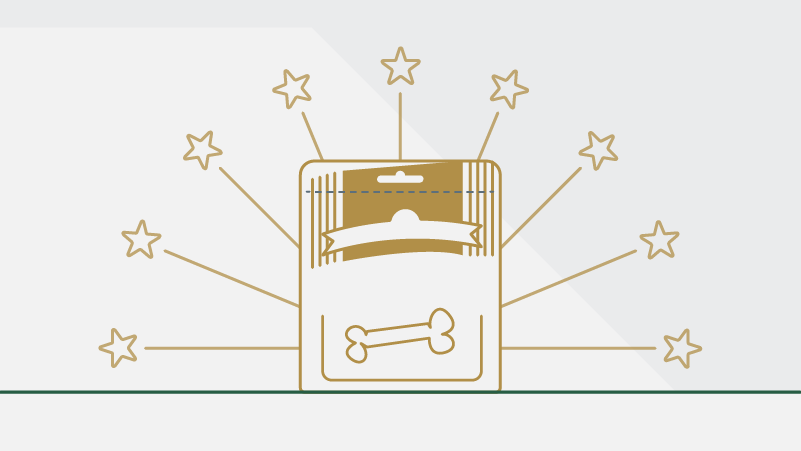
Rewarding good behaviour
Besides better understanding and communication between you and your canine companion, the other key benefit of learning your dog’s body language is to recognise the signs and signals of behaviour you want to encourage. The more you know which dog body language precedes good behaviour and which precedes undesirable behaviour, the more proactive you can become at positively reinforcing desirable habits. Shouting and blaming your dog confuses them—especially as any delay between the undesirable act and the discipline means they are unlikely to associate your negative response with the correct action—and the stress it causes them often just leads to forming other undesirable habits and characteristics. Instead, use positive reinforcement to encourage the desirable actions. The best way to do this is to give your dog a treat or fuss when he or she does a behaviour or action you want to inspire. We highly recommend using fish treats for such exercises. Not only do they taste great and, so, are a reliable way to encourage positive behaviours in your dog, but they’re healthy, too; full of protein and healthy antioxidants, and an excellent source of energy. The more you positively reinforce your dog’s desirable behaviours, the more he or she will repeat them. This will help your dog to simultaneously learn the rules of the household, to stay happy and upbeat, and to develop a deep and close bond with you and your family. Dogs are complex communicators, so it takes a more complete understanding of how these various behaviours and signals fit together to truly appreciate what your dog is trying to tell you. Fortunately, once you know which behaviours to look for, you will start to appreciate what your dog communicates in the various scenarios he or she faces, allowing you to develop an even better relationship with your dog.
